Results
-
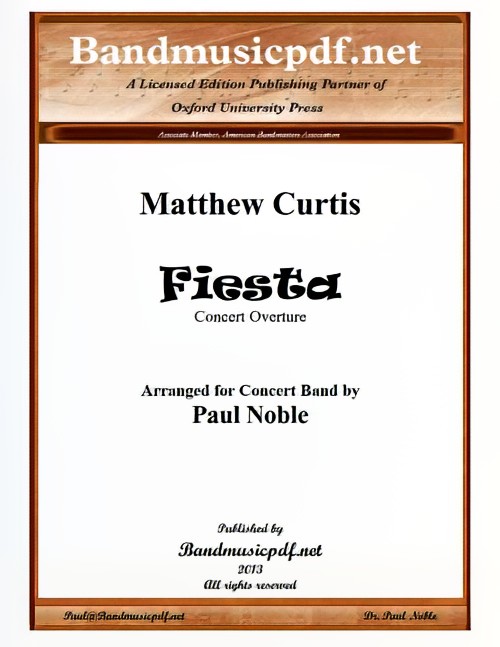 £110.00
£110.00Fiesta (Concert Band - Score and Parts) - Curtis, Matthew - Noble, Paul
Despite its Spanish title, the concert overture Fiesta is really Italian, recalling a festival that I saw several times as a child in the late 1960s while holidaying in a village at the southern tip of the bay of Naples. The date is August 15, the occasion the feast of the Assumption of the Virgin Mary, celebrated with colourful processions and ritual (some, one imagines, pre-Christian in origin), all rounded off with brass bands and home-made fireworks. - Matthew Curtis. Fiesta was originally written for the orchestra of St. Paul's School in London, It has had performances in London's Queen Elizabeth Hall and the Royal Festival Hall where it opened a live broadcast concert in the BBC's International Festival of Light Music, and has made intermittent appearances on the radio ever since. This arrangement for Wind Band will make an excellent festival opener for accomplished bands and is a sure crowd pleaser with its dynamic flare and energy.
Estimated dispatch 7-14 working days
-
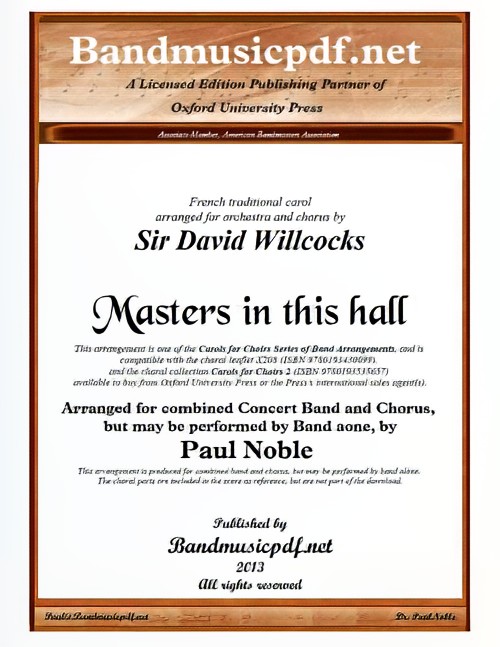 £75.00
£75.00Masters inTthis Hall (Concert Band with Optional Choir - Score and Parts) - Noble & Willcocks
Masters in This Hall (alternative title: Nowell, Sing We Clear) is a Christmas carol with words written around 1860 by the English poet and artist William Morris to an old French dance tune. It is said to have a sixteenth-century feel, harking back to a simpler society, in line with Morris's own romanticism. It also has elements of Morris's socialist beliefs, with the poor bringing news of Christ's birth to the Masters in this Hall and a warning to the proud. The carol describes a poor man, emphasized by his rural dialect, drawing his master's attention to the birth of Christ by describing how he had met shepherds travelling to Bethlehem in solemn mood where, joining them, he had seen the Christ child in his mother's arms. The chorus repeats how the birth of Christ has raised up the poor and cast down the proud. This represents one of the Series of Band Arrangements compatible with David Willcocks' Carols for Choirs.
Estimated dispatch 7-14 working days
-
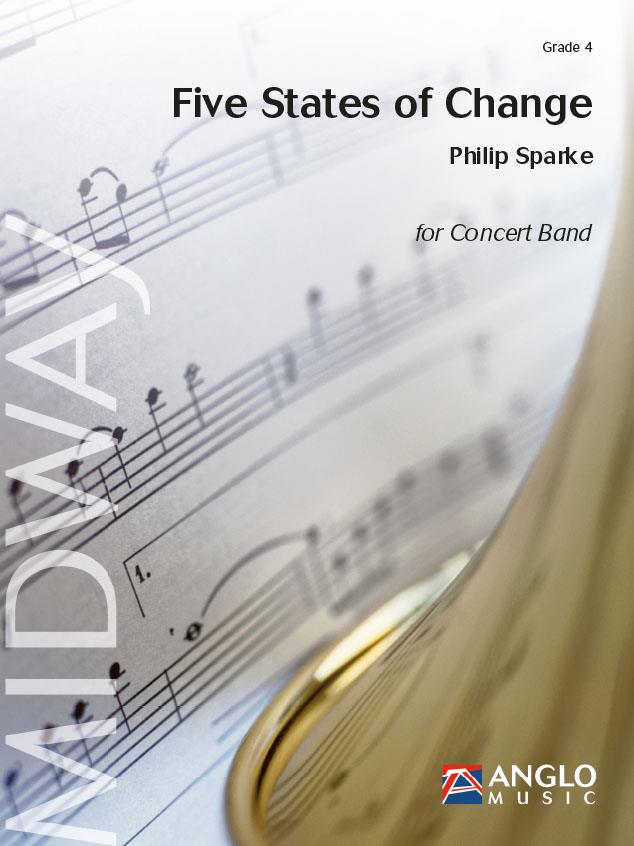 £183.99
£183.99Five States of Change (Concert Band - Score and Parts) - Sparke, Philip
Five States of Change was commissioned by Kunstfactor for the 4th section of the Dutch National Brass Band Championships (NBK) 2011. It is dedicated to Jappie Dijkstra and the Music Information Centre (MUI), Arnhem, Holland, in acknowledgement of their outstanding work in developing band repertoire.The composer writes:The idea for the piece came when I was reading an article about a branch of Chinese philosophy which is abbreviated as Wu Xing*, which has no exact translation but can mean, for example, five elements, five phases or five states of change. It is central to all elements of Chinese thought, including science, philosophy, medicine and astrology, and in simple terms tries to create various cyclic relationships between five elements in all walks of life. An example is: Earth - Metal - Water - Wood - Fire - (Earth) etc. where (in one cycle) earth bears metal, metal changes to liquid (water) when heated, water helps trees grow, wood burns to create fire, fire produces ash (earth) and the cycle continues. I was particularly interested in the cycle of emotions:- Meditation - Sorrow - Fear - Anger - Joy - (Meditation) etc. and thought this cyclic principle would provide an effective emotional journey for a piece of music. So Five States of Change has five equal sections which loosely characterise this emotional cycle. I have tried to make the music grow organically, with minimal repetition, and each movement evolves from the musical elements at the end of the previous one, with the opening material appearing, transformed, at the end of the piece to complete the cycle.*in full Wu zhong liu xing zhi chi or the five types of chi dominating at different times.- Philip SparkeDuration: 12:15
Estimated dispatch 7-14 working days
-
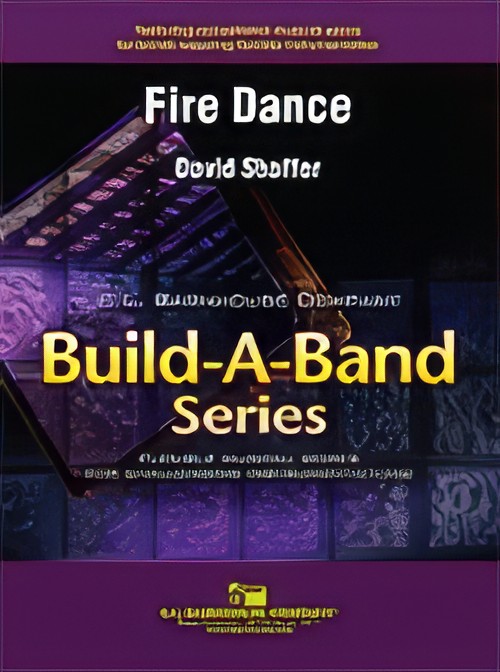 £60.00
£60.00Fire Dance (Flexible Ensemble - Score and Parts) - Shaffer, David
David Shaffer's energetic Fire Dance has been a very popular band piece for many years, and David's arrangement for the Build-A-Band Series retains all of the fun and excitement of the original but allows it to sound great with very small bands or bands that have instrumentation issues. Includes multiple percussion parts which greatly enhance the piece. As is normal for this series, it includes an optional piano part.Duration: 4.15
Estimated dispatch 7-14 working days
-
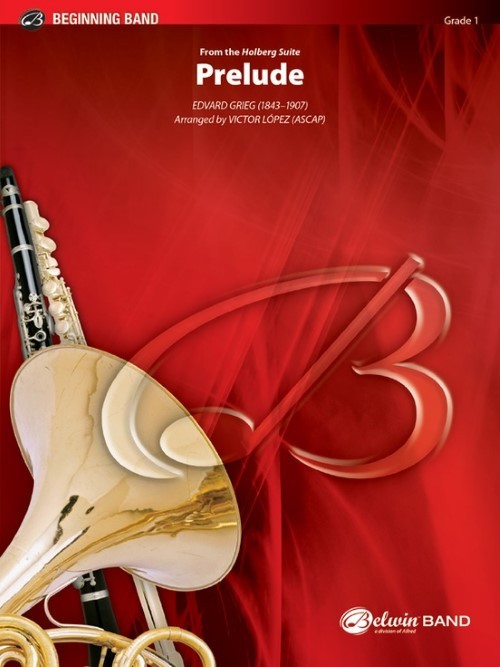 £53.95
£53.95Prelude (from Holberg Suite) (Concert Band - Score and Parts) - Grieg, Edvard - Lopez, Victor
From Grieg's Holberg Suite, Op. 40, this setting of the first movement is exciting and a true celebration of sound. It is easy to rehearse and will come together rather quickly. It may be used as an opener or closer in the programme. Enjoy this authentic-sounding short version from the beginning to the breath-taking finish. Regal in nature, this arrangement will be a cherished addition to the beginning band repertoire.Duration: 2:30
Estimated dispatch 7-14 working days
-
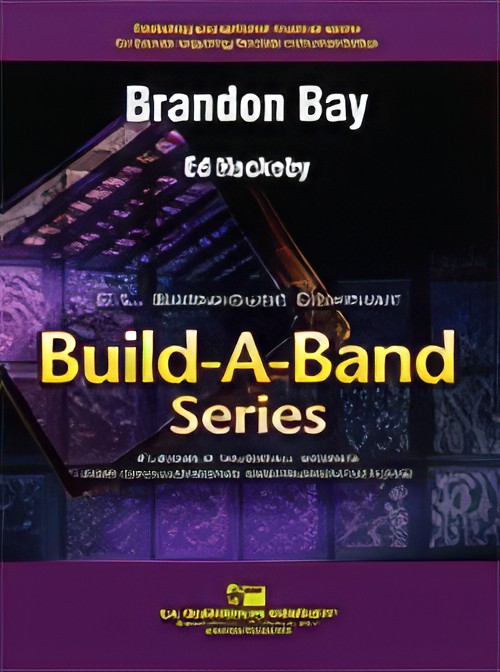 £60.00
£60.00Brandon Bay (Flexible Ensemble- Score and Parts) - Huckeby, Ed
An outstanding composition by Ed Huckeby that features rhythmic accompaniment rhythms in the third and fourth parts contrasted with simple, but musically effective first and second part melodic lines. The slower middle section features a haunting melody in 3/4 time and is an excellent teaching tool for the legato style. Ed's arrangement for the Build-A-Band Series makes it playable with very small bands and bands with severe instrumentation issues and insures that it will be a favourite concert and contest selection for years to come for these groups. As usual with this series, optional parts are included for Percussion and piano.
Estimated dispatch 7-14 working days
-
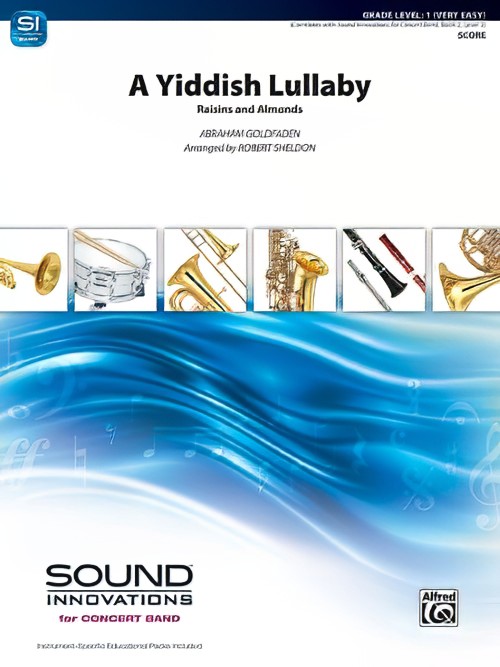 £48.95
£48.95A Yiddish Lullaby (Raisins and Almonds) (Concert Band - Score and Parts) - Goldfaden, Abraham - Sheldon, Robert
Raisins and Almonds (Rozhinkes mit Mandlen) is a Jewish lullaby by Abraham Goldfaden (1840-1908) that has become so well-known that it is now considered a folk song. It is a common lullaby among European Jews (Ashkenazim). Correlated to Sound Innovations for Concert Band, Book 2, Level 2, this lovely arrangement of this beautiful song allows bands to play with expression and colour, lending a charming and heartfelt moment to any concert.Duration: 3:30
Estimated dispatch 7-14 working days
-
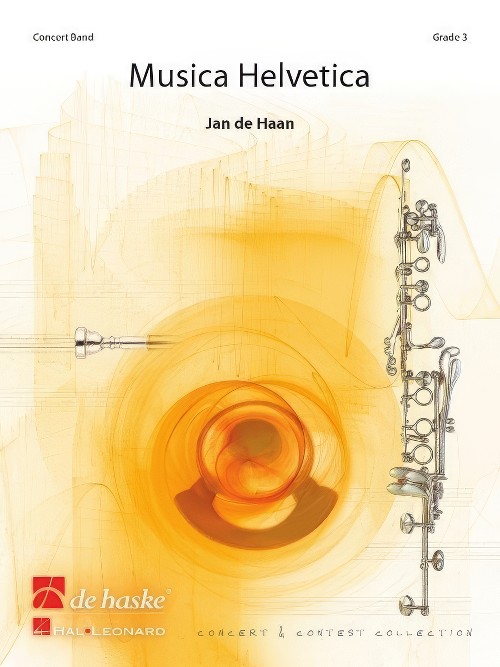 £149.99
£149.99Musica Helvetica (Concert Band - Score and Parts) - De Haan, Jan
Every year a competition for wind orchestras and brass bands takes place in Wallberg, Switzerland. Apart from a hymn and a solo piece, all orchestras also have a compulsory piece to play. The commission to create a compulsory piece for the 2012 competition fell to Jan de Haan. The composition is entitled Musica Helvetica. It takes the form of a three-part concert work, in which the last two parts flow directly from one to the other. The first part, Musica Prima, is a brisk virtuoso opening with jazz flavours woven in. The following section, Musica Sacra, offers a contrast with an extraordinarily colourful instrumentation for the gorgeous main theme. The final part, Musica Alpina, is inspired by the great variety of scenery in Switzerland. With its witty humour it makes a worthy conclusion to this beautiful tryptich.Duration: 12.00
Estimated dispatch 7-14 working days
-
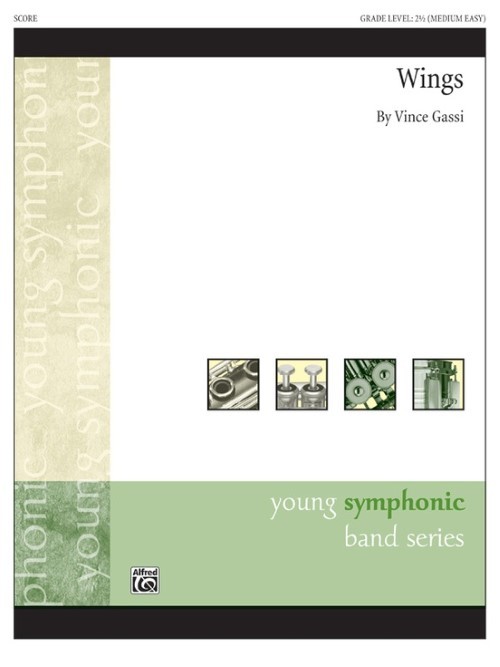 £53.95
£53.95Wings (Concert Band - Score and Parts) - Gassi, Vince
The men and women of the Royal Canadian Air Force are the inspiration behind this original composition by Vince Gassi. The first work in his Armed Forces Suite, it takes off with a bright, spirited theme first heard in the flutes. The rest of the ensemble soon joins in the maneuvers and offers a fuller tactical report. Clarinets take over with dignity, providing a lyrical contrast, and are supported by a stately accompaniment. It isn't long before we start to feel the "spirit of adventure" building to a contrasting section conveying images of stealth and intrigue. Covert operations lead finally to a restatement of the opening theme by the brass with flute and clarinet obligato. Interlace with fragments from the covert section and we are carried to a soaring conclusion. If you are looking for a spirited concert opener or closer, look no further!Duration: 3:15
Estimated dispatch 7-14 working days
-
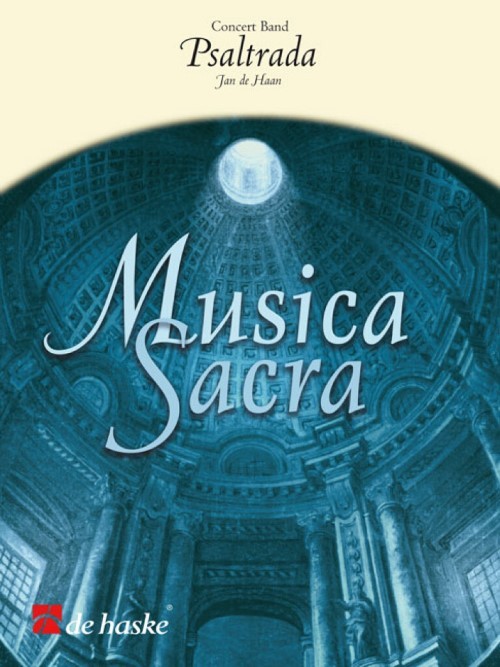 £72.99
£72.99Psaltrada (Concert Band - Score and Parts) - De Haan, Jan
The title of this piece gives a clue as to how it came about: Jan de Haan took the setting of psalm 149 from the Geneva Psalter of 1562 and created from this simple, beautiful melody a glorious, lively opening work for concert band. So it was that from a psalm and an intrada (prelude) a Psaltrada was born - for you to begin your next concert in splendid fashion.Duration: 1:45
Estimated dispatch 7-14 working days
